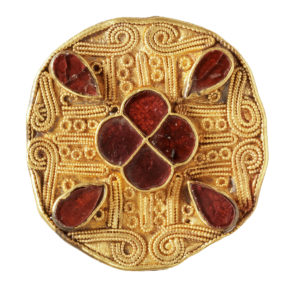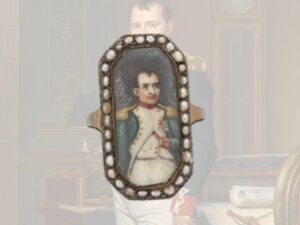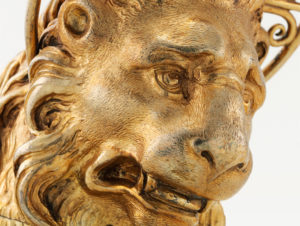
How the 'Röstigraben' came to be
his brooch, called a fibula, belonged to a woman living in what is today the canton of Solothurn around the year AD 600.
It is made of gold and set with semi-precious stones.The fibula was used to fasten a cloak over the wearer’s chest–a fashion the Germanic tribes had brought to Switzerland.
The Germanic migration not only brought changes in fashion, customs, and diet to Switzerland, but also multilingualism. While the Alemannians imposed their own language on the north of the country, the Germanic tribes of the Langobards and Burgundians in the south and southwest adopted the Latin language of the local population. So it is thanks to the Germans that Switzerland is divided into German-speaking and Romance-speaking residents today.




